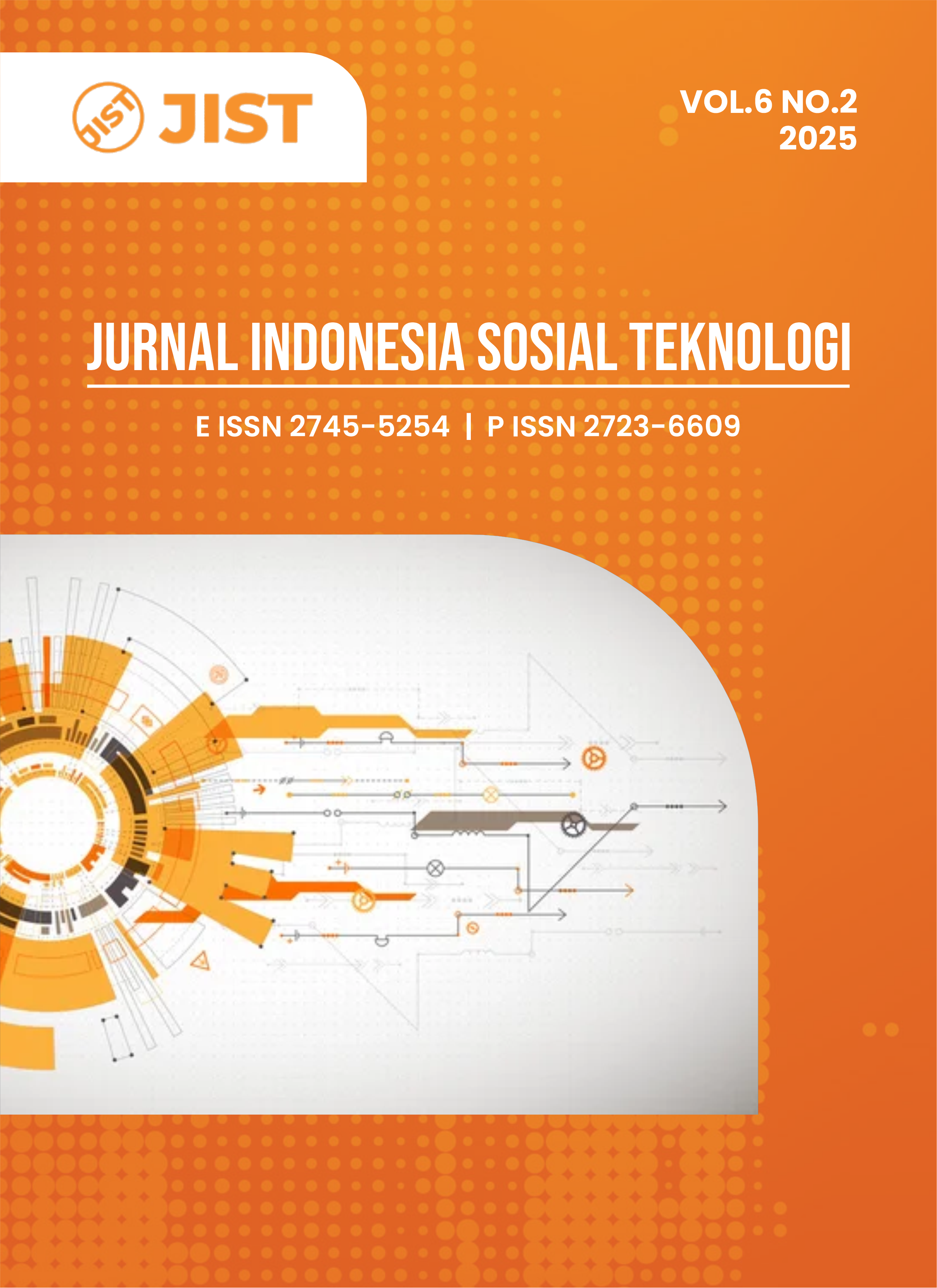The Potential Integration of Informal to Formal Workers in Muara Fajar Landfill (TPA) Pekanbaru with the Circular Economy Concept
DOI:
https://doi.org/10.59141/jist.v6i2.8930Keywords:
waste, scavenger, recycle, circular economyAbstract
Waste is a serious problem in developing countries due to infrastructure limitations, one of which is the city of Pekanbaru. The existence of the landfill triggered the arrival of informal workers such as scavengers to collect waste as recycled product materials. Most scavengers live below the poverty line, even though scavengers have a role in restraining the waste generation rate in landfills. This study aims to analyze the potential integration of scavengers in the Muara Fajar Landfill Area with formal workers using integrated waste management, "Clean Pekanbaru Movement." The research was conducted using observation methods, interviews, and questionnaires filled out by scavenger and collector respondents in the landfill area. The recycling rate (RR) of the Muara Fajar landfill area is 1.08%, and the average individual RR of 150 scavengers is 0.72%. The proposed integrated waste management concept is the "Clean Pekanbaru Movement," which manages the Muara Fajar landfill area and acts as a recycling industry player. The study results show that the recycling rate at the Muara Fajar landfill only reaches 1.08%, while the average individual scavenger only reaches 0.72%. The Pekanbaru Clean Movement model is proposed as a solution that integrates scavengers into a formal waste management system with regulatory support and the recycling industry. As many as 82% of respondents are willing to participate in this program for a fixed income and better social security. This study concludes that the potential for waste generation because of recyclable materials is still huge, and the potential for integration is very possible at the Muara Fajar Landfill, Pekanbaru. Implementing this program can improve the social welfare of scavengers and reduce the environmental impact due to the open waste disposal system.
Downloads
Published
How to Cite
Issue
Section
License
Copyright (c) 2025 Rizky Syahputra, Gabriel Andari Kristanto, Astryd Viandila Dahlan

This work is licensed under a Creative Commons Attribution-ShareAlike 4.0 International License.
Authors who publish with this journal agree to the following terms:
- Authors retain copyright and grant the journal right of first publication with the work simultaneously licensed under a Creative Commons Attribution-ShareAlike 4.0 International. that allows others to share the work with an acknowledgement of the work's authorship and initial publication in this journal.
- Authors are able to enter into separate, additional contractual arrangements for the non-exclusive distribution of the journal's published version of the work (e.g., post it to an institutional repository or publish it in a book), with an acknowledgement of its initial publication in this journal.
- Authors are permitted and encouraged to post their work online (e.g., in institutional repositories or on their website) prior to and during the submission process, as it can lead to productive exchanges, as well as earlier and greater citation of published work.










